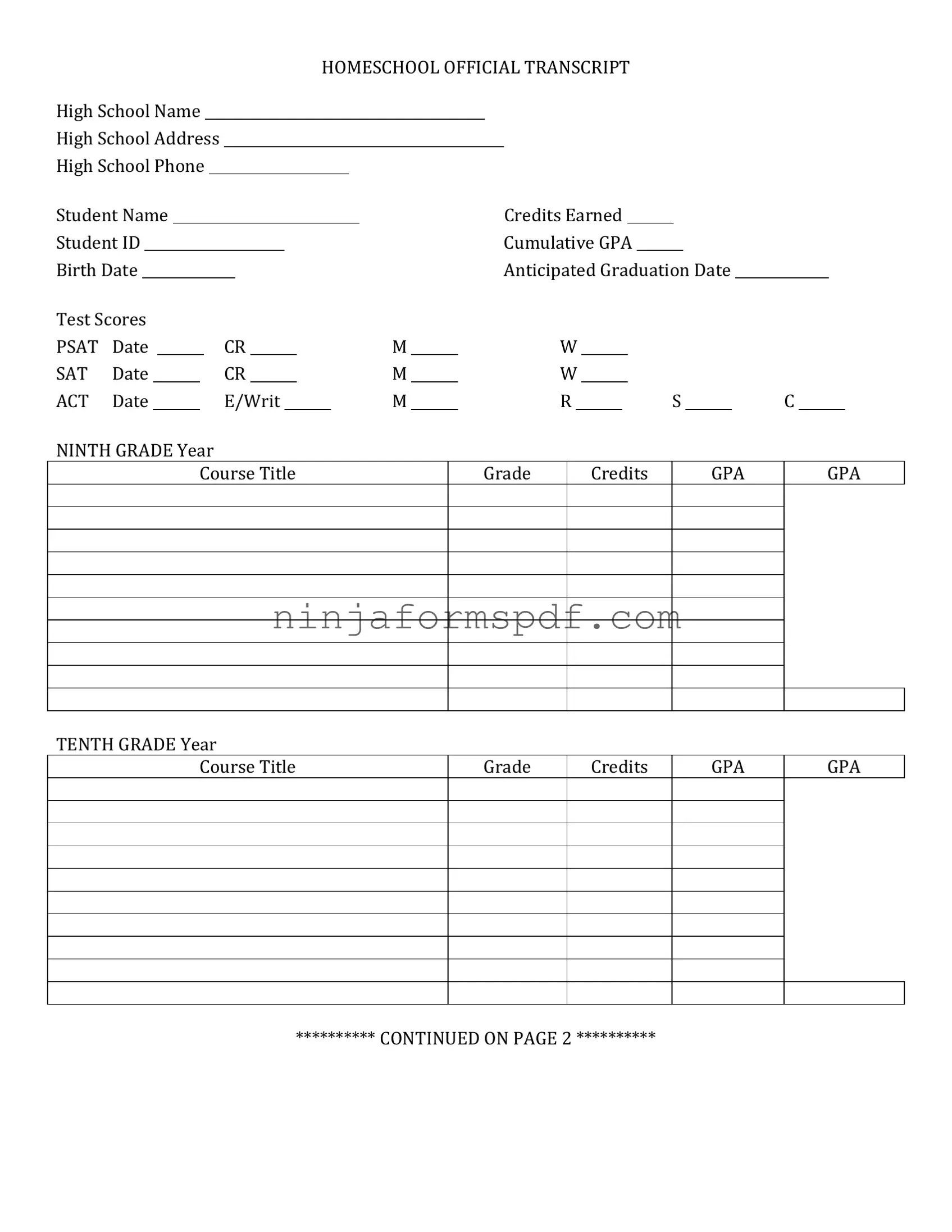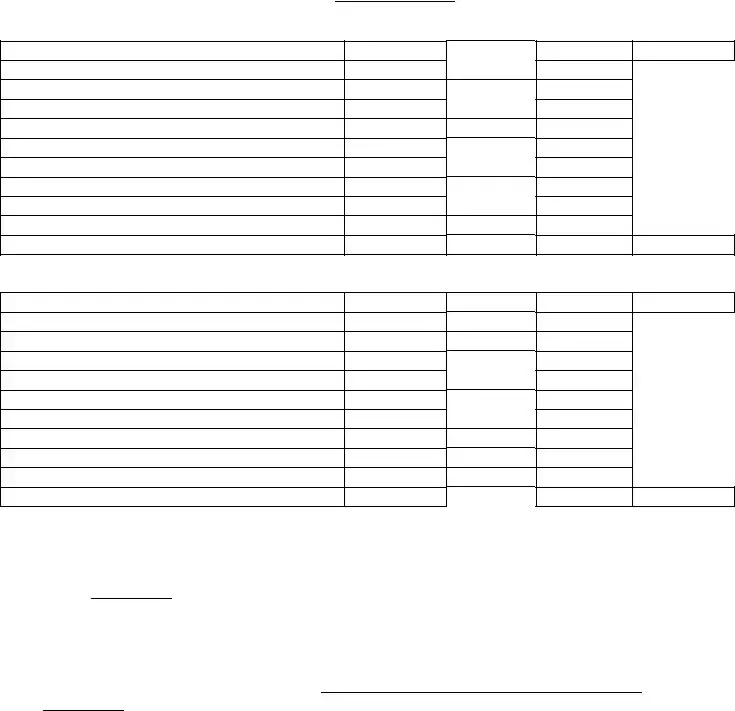High school transcripts and college transcripts share a common purpose: they both provide a comprehensive record of a student's academic performance. Like high school transcripts, college transcripts feature courses taken, grades received, and often, the degree awarded. These documents play a crucial role in applications for further education or job opportunities, offering a detailed glimpse into a student's academic background.
Standardized test score reports, such as those for the SAT or ACT, resemble high school transcripts in their role as crucial components of college applications. Both documents give insights into a student’s academic abilities, albeit from different perspectives. Where transcripts provide a long-term view of academic performance, test scores offer a snapshot of a student’s knowledge and skills at a particular point in time.
Employment histories share similarities with high school transcripts by chronicling an individual’s past experiences and achievements. Instead of academic courses and grades, employment histories list jobs held, responsibilities, and accomplishments, giving employers an overview of a candidate’s professional background and capabilities.
Certificates of completion for various courses and programs also bear resemblance to high school transcripts. These certificates document specific subjects or skills learned, much like transcripts list courses taken and grades. Both are used to prove educational achievements and expertise in various fields.
Professional licenses and certifications, like high school transcripts, serve as formal records of qualifications. These documents validate an individual’s ability to perform certain professional tasks or jobs, reflecting specialized training or education, similar to how transcripts reflect a student's academic achievements.
Medical records, surprisingly, share a structural similarity to high school transcripts. Both compile detailed histories over time; medical records track health, treatments, and diagnoses, while transcripts track educational progress and accomplishments. Each provides essential information for assessing an individual's history, whether for medical care or academic assessment.
Portfolios, particularly in creative fields, parallel high school transcripts in demonstrating a person’s capabilities. While portfolios showcase actual work, projects, and creations, transcripts summarize academic performance and knowledge in various subjects, both essential in evaluating competencies and skills.
Letters of recommendation complement high school transcripts by providing qualitative assessments of a student’s abilities. Whereas transcripts quantify academic achievements through grades, letters of recommendation offer personal insights into a student's character, work ethic, and potential, often providing contextual depth to the achievements listed on transcripts.
Personal statements are narratives that, while not chronological or quantitative like transcripts, offer deep insight into an individual's motivations, experiences, and aspirations. In conjunction with high school transcripts, personal statements give a fuller picture of the student for college admissions, scholarships, or job applications.
Finally, award certificates often accompany high school transcripts to highlight exceptional achievements. Like transcripts, they document accomplishments, but focus more on special recognitions, honors, and distinctions, offering tangible evidence of excellence and distinguishing an individual in competitive processes.


